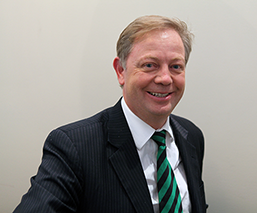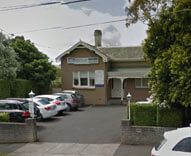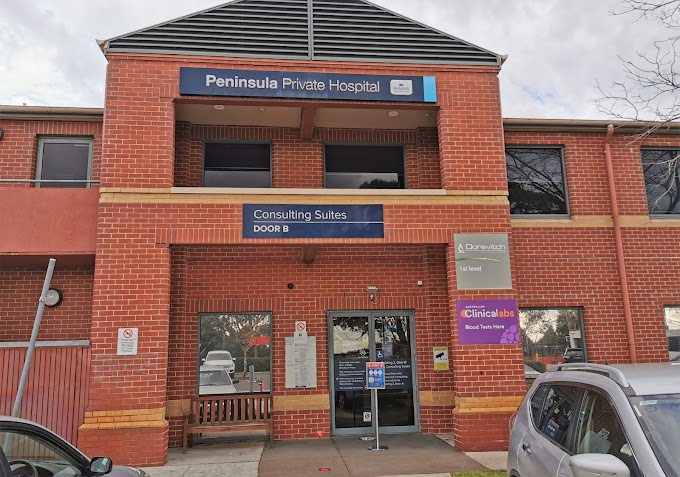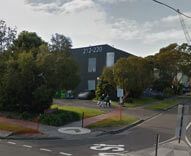What is a Haemangioma in Melbourne?

Dr. David Ross, plastic and cosmetic surgeon, offers each of his patients a variety of treatment options formulated from his years of training and experience. He also attends and participates in seminars and workshops held nationally and internationally to maintain his proficiency in the most up-to-date techniques and procedures available. His reputation for providing high-quality patient care is comforting and reassuring to anyone looking for the proper course of treatment for a child with haemangioma.
Is there more than one type of haemangioma?
Yes, there are two forms of haemangiomas caused by vascular malformations (blood vessels that experience an abnormal growth). One is called a capillary haemangioma and it affects the outer layers of the skin. This is the one most often called a “strawberry mark”. The other type, a cavernous haemangioma, affects the deeper layers of skin.
Can a haemangioma appear anywhere on the body?
Haemangiomas are most commonly found on the neck and face, but they can also be found, in rare cases, on the liver or throat. A capillary haemangioma can appear on the eyelids, over the surface of the eye itself, or within the eye socket. When that occurs, the haemangioma can interfere with a child’s normal eye development. That can be a precursor to vision problems, including an increase in the intraocular eye pressure, which can become glaucoma. A cavernous haemangioma can also appear around the eye.
What are the options for treating a haemangioma?
After a thorough examination of the affected areas of your child’s face and neck, Dr. Ross will recommend the best course of treatment. In many cases, capillary haemangiomas are left untreated. The older your child gets, the more likely it is that the growth will shrink on its own and will eventually disappear. A cavernous haemangioma located in the areas of the eyes, nose, and throat that could interfere with breathing or sight can be shrunk or removed by laser surgery.
A rapidly growing vascular malformation can be treated with corticosteroids. These can be applied topically, orally, or through an injection. Plastic surgery would only be recommended if a haemangioma is life-threatening or may cause a deformity. Dr. Ross fully understands that each of these treatment options requires his expert knowledge and the utmost of care so your child can lead a normal, happy, healthy life.
Can I bring my child in for a consultation?

- Abdominoplasty may offer both functional and cosmetic benefits
- Define Your Tummy with the Help of Dr. Ross in Melbourne
- What is the best treatment option to manage Gynaecomastia?
- Which abdominal contouring procedure is appropriate for me?
- Body Contouring Surgery
- Body Lift
- Abdominoplasty (Tummy Tuck)
- Liposuction




